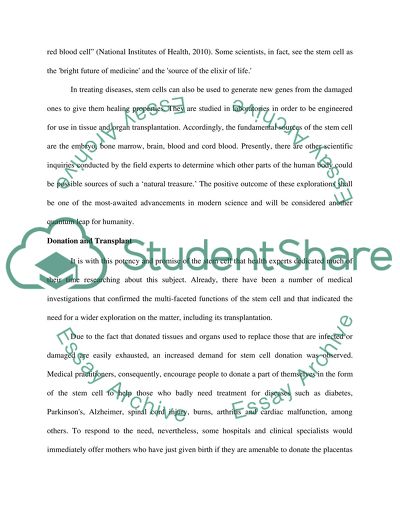Cite this document
(“Stem Cell Term Paper Example | Topics and Well Written Essays - 1500 words”, n.d.)
Retrieved from https://studentshare.org/environmental-studies/1409848-stem-cell
Retrieved from https://studentshare.org/environmental-studies/1409848-stem-cell
(Stem Cell Term Paper Example | Topics and Well Written Essays - 1500 Words)
https://studentshare.org/environmental-studies/1409848-stem-cell.
https://studentshare.org/environmental-studies/1409848-stem-cell.
“Stem Cell Term Paper Example | Topics and Well Written Essays - 1500 Words”, n.d. https://studentshare.org/environmental-studies/1409848-stem-cell.


